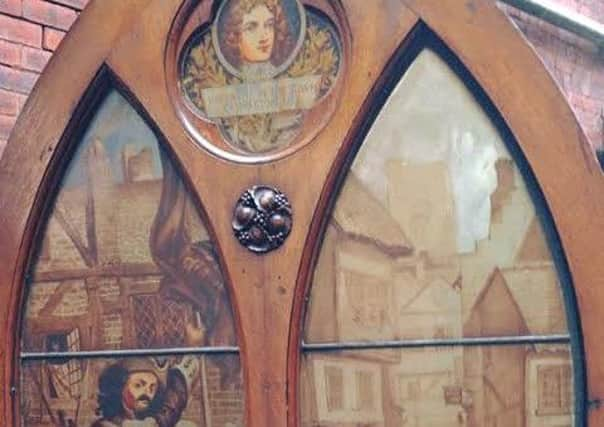History of city to go under the hammer


Why was the Battle of Preston so important to a wealthy provincial banker that it featured on an expensive stained glass door in the grand home he built in Rochdale?
“No-one can understand why it ended up in a house here,” said Rochdale auctioneer Andrew Pickering who is offering the unique lot for sale next week.
Advertisement
Hide AdAdvertisement
Hide Ad“Maybe the man who built the house had a connection with Preston. But whatever it was is still a puzzle after all these years.”
Dunster House on Manchester Road, Rochdale was built in 1854 by Jonathan Nield, a managing partner at Fenton’s Bank in the town. He lost his home when the bank crashed 24 years later.
The elegant Victorian property was bought by a textile manufacturer and demolished around 40 years ago. The door was salvaged by retired estate agent Keith Crossley who stood it in the corner of his lounge as a piece of art.
But now Keith is downsizing and the little piece of Preston history will go under the hammer at the Central Auction Rooms in Rochdale on Tuesday.
Advertisement
Hide AdAdvertisement
Hide Ad“We’re hoping it will attract quite a bit of attention,” said auctioneer Andrew. “I would think people in Preston might be even more interested than folk round here.
“The vendor has had the door leaning in a corner of his lounge as a feature. We wondered if it was made earlier than 1854 and had been in a house in Preston before it came to Rochdale.”
Aidan Turner-Bishop, of Preston Historical Society, thinks the age of the door and glasswork suggests it was commissioned for Dunster House.
“We have had a look at the pictures of it and we believe it is mid to late Victorian,” he said. “So that would fall in with the date the Rochdale house was built.
Advertisement
Hide AdAdvertisement
Hide Ad“From what I have seen it is quite a sentimental piece. The picture of James III at the top is so sentimental and cute that only a Victorian could have done that.
“It would be a handsome piece for a collector. But the museums here in Preston don’t have the money to spend on something like that.”
The battle scene depicts fighting in the Flag Market where the Jacobite rebels surrendered.
Aidan, who thinks the glasswork could have been created by Shrigley and Hunt in Lancaster, added: “Looking at the buildings in the background and the Minster in the distance it is reasonably representative of the time.
“But I’m not sure about the Scots wearing kilts - it was winter for goodness sake.”